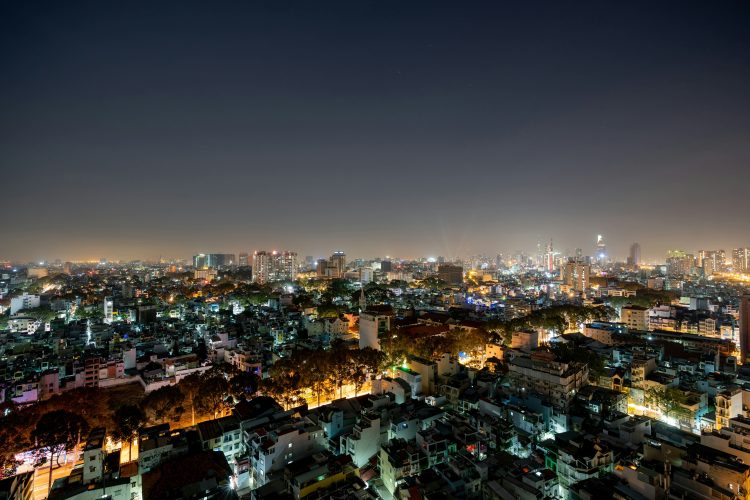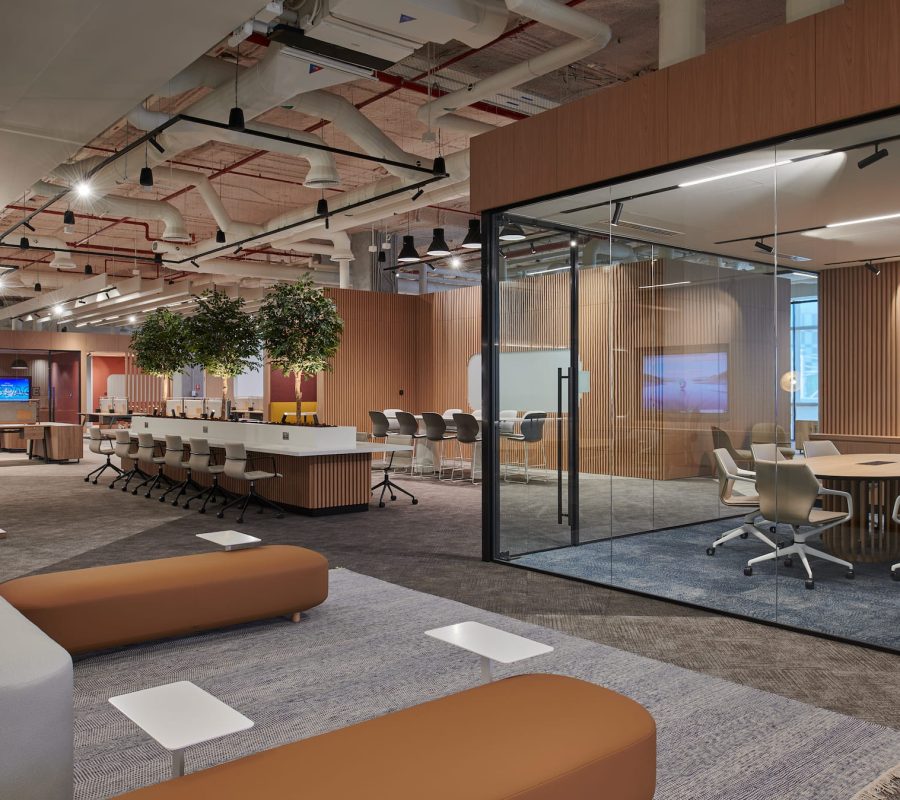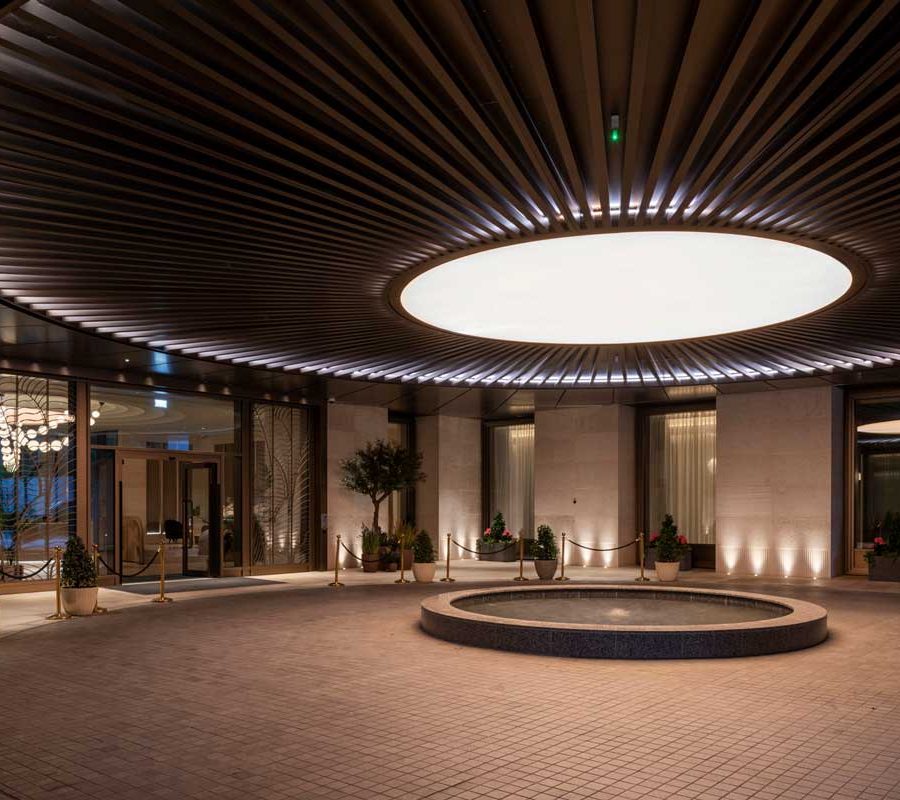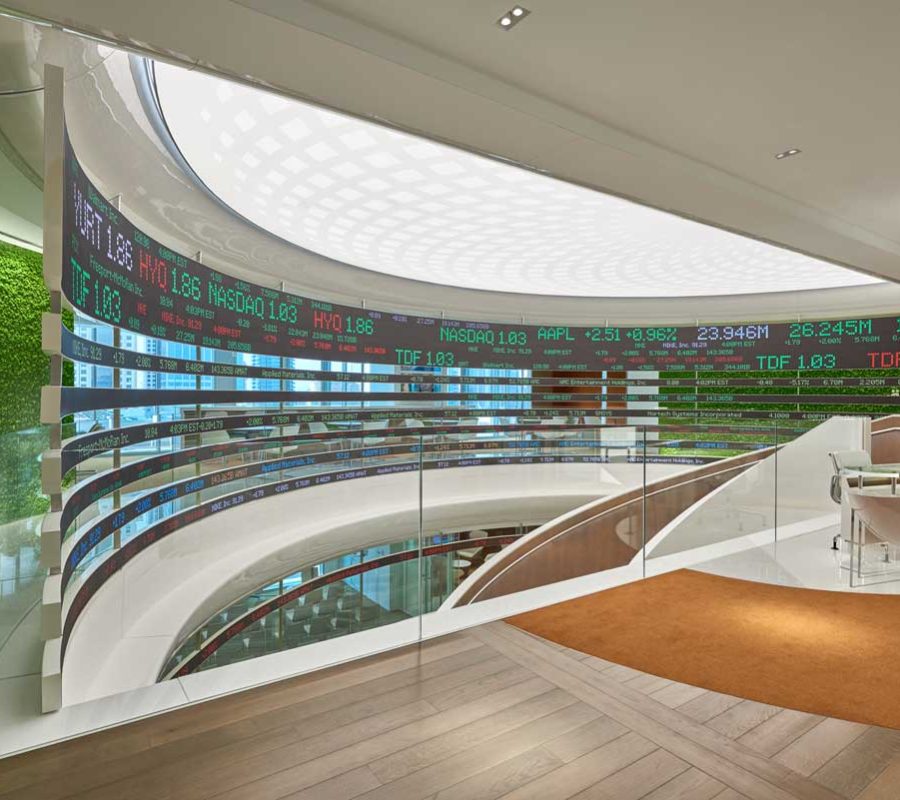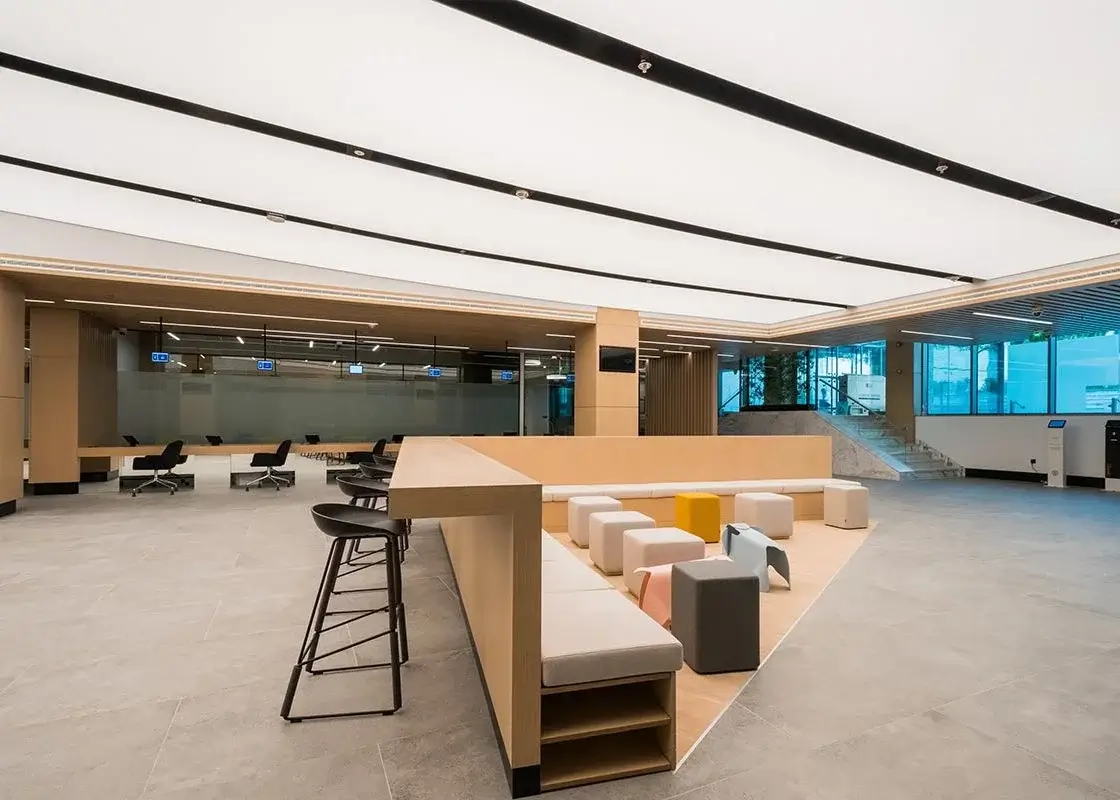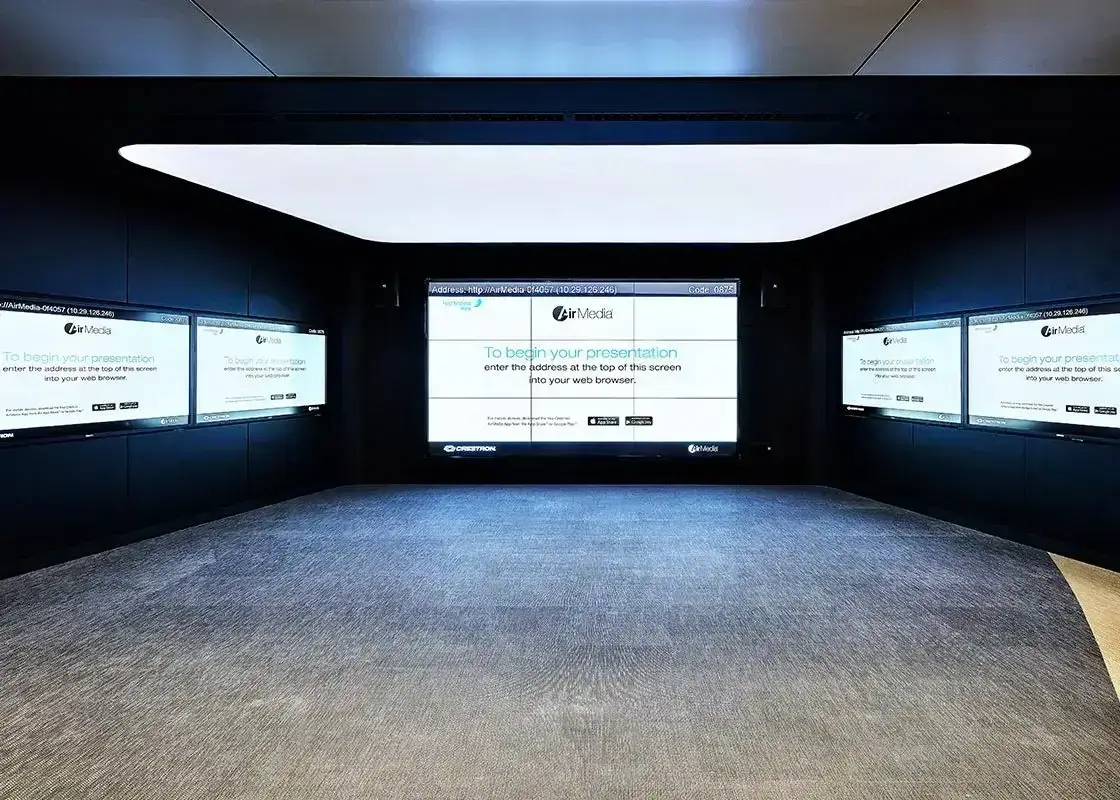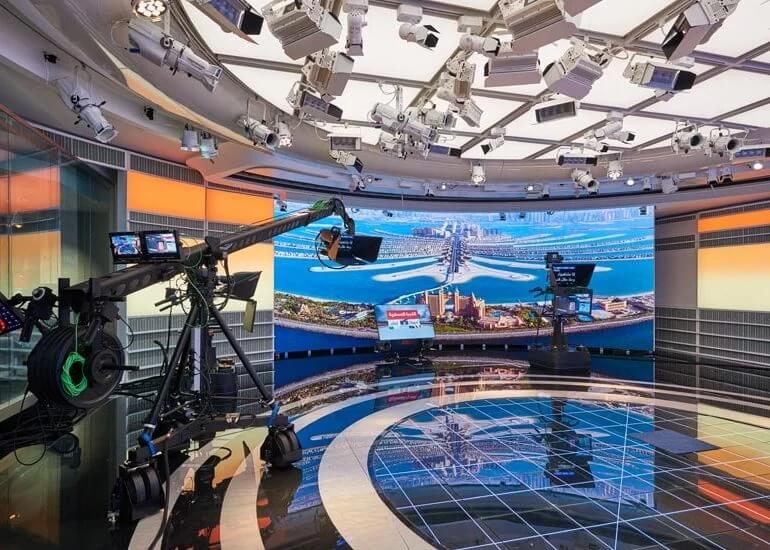IS LIGHT POLLUTION BEING OVERLOOKED?
At No Grey Area, we love brightening the world—it’s how we make a living! However, we’ve seen too many instances where light fixtures are misused, from street lights aimed at the clouds to garden lights illuminating entire neighbourhoods. We believe that better lighting practices are essential to preserving our night skies and preventing our planet from becoming excessively and unnecessarily lit.
In our rapidly urbanising world, the phenomenon of light pollution is increasingly encroaching on one of humanity’s most timeless and awe-inspiring experiences: stargazing. Light pollution, the excessive or misdirected artificial light produced by human activities, is not only diminishing our view of the night sky but also affecting ecological systems and human health. Despite these profound impacts, light pollution often remains a peripheral issue in environmental discussions.
The Disappearing Night Sky
For centuries, humans have looked to the stars for navigation, inspiration, and a sense of place in the universe. However, the brilliance of the night sky is fading. According to the International Dark-Sky Association (IDA), more than 80% of the world’s population lives under light-polluted skies, with one-third unable to see the Milky Way. Urban areas are particularly affected, where the glow from streetlights, billboards, and buildings obscures the stars.
The problem extends beyond mere aesthetics. The loss of a visible night sky severs a connection to nature that has been integral to human culture and science. Amateur astronomers and professionals alike find their observations compromised, making it difficult to conduct research that depends on dark skies.
The Culprits: Poor Lighting Practices
One of the primary sources of light pollution is inefficient and poorly designed lighting fixtures. Streetlights, security lights, and decorative lights often emit light upward and outward instead of directing it downward, where it is needed. This not only wastes energy but also contributes to skyglow, the brightening of the night sky over populated areas.
A particularly egregious practice is the attachment of lighting fixtures to trees, which are meant to illuminate paths, yards, or structures. These lights, often left on throughout the night, can create a pervasive glow that disrupts local ecosystems and further contributes to the obscuration of the stars.
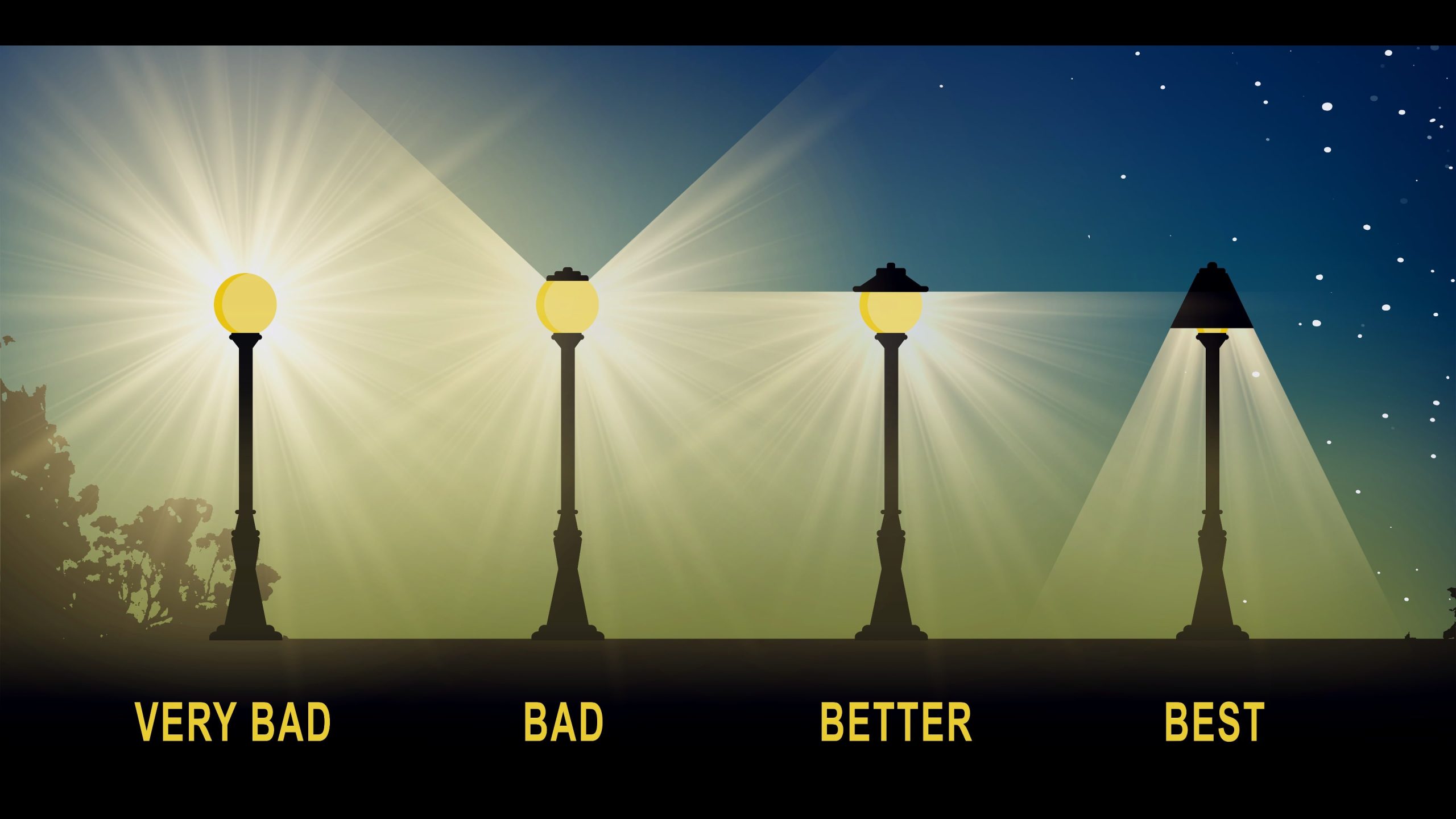
Ecological and Health Impacts
Light pollution affects more than our view of the stars; it disrupts entire ecosystems. Many species, including birds, insects, and sea turtles, rely on natural light cues for navigation, migration, and reproduction. Artificial light can disorient these animals, leading to fatal consequences. For example, many bird species migrate at night and use the stars for navigation. Bright city lights can cause them to veer off course, leading to exhaustion or collisions with buildings.
Human health is also at risk. Exposure to artificial light at night has been linked to disrupted circadian rhythms, which regulate sleep-wake cycles. This disruption can result in sleep disorders and has been associated with increased risks of obesity, depression, and even certain types of cancer.
International Efforts and Advocacy
Despite its significant impacts, light pollution is often overlooked in broader environmental policies. However, several organisations are dedicated to addressing this issue. The International Dark-Sky Association (IDA) is at the forefront of the fight against light pollution, advocating for responsible outdoor lighting and the designation of Dark Sky Places, areas committed to protecting night sky visibility.
Another notable organisation is the Starlight Foundation, which works to protect the cultural and natural heritage associated with night skies. They emphasise the importance of preserving our ability to see the stars and advocate for policies that reduce light pollution.
Moving Forward: Solutions and Awareness
Addressing light pollution requires a multifaceted approach. Municipalities can adopt regulations that require the use of shielded lighting fixtures, which direct light downward and reduce skyglow. Public awareness campaigns can educate individuals and businesses about the benefits of reducing light pollution, such as energy savings and improved health.
Simple actions can make a significant difference. Turning off unnecessary outdoor lights, using motion sensors, and opting for lower-intensity bulbs are all steps that individuals can take to mitigate light pollution. By adopting these practices, we can reclaim the night sky and preserve it for future generations.
In conclusion, while light pollution may not command the immediate attention of more visible environmental issues, its impacts on our night skies, ecosystems, and health are profound. It is crucial that we recognise and address this pervasive problem to ensure that the wonder of the stars remains a shared heritage for all of humanity.
